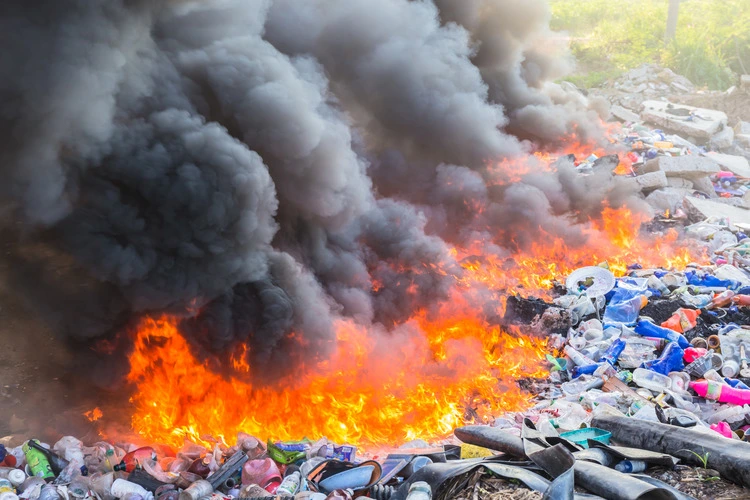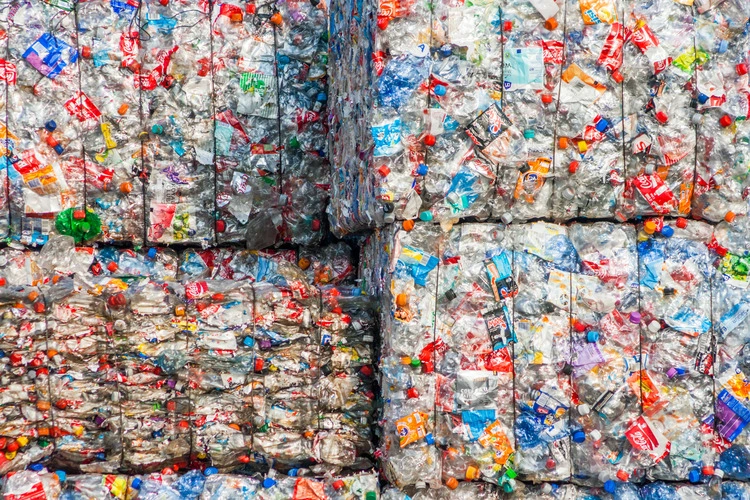
13 per cent of Nigerian households use garbage as cooking fuel, while Indonesian soil and food samples have dangerous toxin levels linked to burning plastic
By
In developing nations – where clean fuels like gas and electricity are often too expensive for many to use – another fuel is quickly becoming a common, but dangerous, alternative for millions of households: plastic.
A paper by researchers at Curtin University, published in Nature Cities, is now beginning to unravel the exact reasons behind why so many households are burning plastics for cooking and heating purposes, and what impacts it may have on human and planetary health alike.
Enjoying this article? Check out our related reads:
Investigating energy consumption of developing countries in Africa, Asia and Latin America, researchers discovered several reasons behind plastic’s increasing use as a fuel. Gas and electricity’s steep price points make it unviable for many, and biofuels such as wood and charcoal are difficult to find as urban centres expand outward, reducing the quantity of natural resources available.
Combined with these factors, a lack of waste management in regions studied allowed plastic waste to accumulate in abundance, making it the go-to fuel source. According to a survey, 13 per cent of Nigerian households use garbage as a cooking fuel.
In short, researchers dub the use of plastic as a fuel source as an ’emerging crisis’.
Environmental repercussions
Burning plastic has disastrous consequences on respiratory health, releasing toxic chemicals such as dioxins, furans and heavy metals into the air and leading to conditions such as lung diseases. In Indonesia, soil and food samples contained dangerous toxin levels linked to burning plastic after being measured during a survey.
For women and children, these health impacts are more pronounced, since they spend more time at home where plastic is burned.

These chemicals can also spread outside of the homes they originate in, travelling across neighbourhoods and cities with widespread impact. Researchers from KCL and ICL estimate that worldwide, soot from open waste burning has around 2 to 10 per cent of the global warming impact that global carbon dioxide emissions does.
Lead researcher of the Curtin University study Dr Bishal Bharadwaj also expresses concerns that as ‘rapid, unmanaged’ urbanisation of developing countries increases, further strain will be placed on services like waste management. Coupled with this is the projection that plastic usage is set to triple worldwide by 2060 – potentially creating a situation in which households in developing countries become even more reliant on plastic as a fuel source.
What can be done to help?
The latest paper is calling for action to address the scale of plastic burning within developing countries – but how could this actually work in reality?
According to CIET Director Professor Peta Ashworth, the issue of burning plastic is ineffectively addressed by governments since those who perform the activity are ‘usually concentrated in areas such as slums, which are often neglected.’
A flat-out ban may also prove fruitless. ‘A ban on plastic burning might not help if people have no other option to keep warm and cook their food,’ Ashworth continued.
Proposed solutions to help tackle plastic burning include subsidies for cleaner fuels so they are affordable for poorer households, better waste management to avoid pile-ups of plastic in slums, along with education campaigns to inform communities of the environmental dangers of burning plastic.
The paper also points out that more research into using plastic as a fuel source will allow the scale and scope of the phenomenon and its consequences to be better understood.




